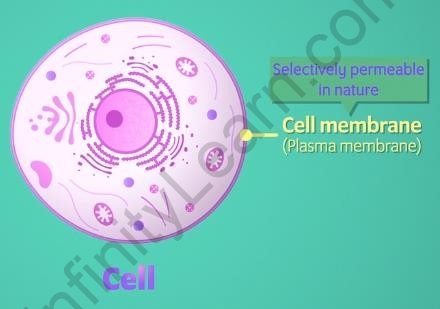Table of Contents
- Diffusion – Introduction
- Summary
- What’s Next?
In the previous segment of the chapter ‘Cell Structure and Functions’, we studied about the structure and components of a cell. In this segment, let us get acquainted with Diffusion.
What is Diffusion?
The movement of a substance from an area of high concentration to an area of low concentration is called Diffusion.

The cell membrane is selectively permeable in nature. It only allows specific materials to enter and leave the cell.
It is made up of
- Lipids
- Proteins
- Carbohydrate chains
Gases and water freely move in and out of the cell. For example,
Carbon dioxide molecules can freely diffuse in and out of the cells as follows:
- When cells undergo cellular respiration, a lot of carbon dioxide accumulates in the cells, and there is very little carbon dioxide present outside the cells.
- Thus, carbon dioxide molecules move outside the cells.
- Now, there is very little oxygen left in the cells, after respiration.
- So, the oxygen from outside the cells moves in through the plasma membrane.

